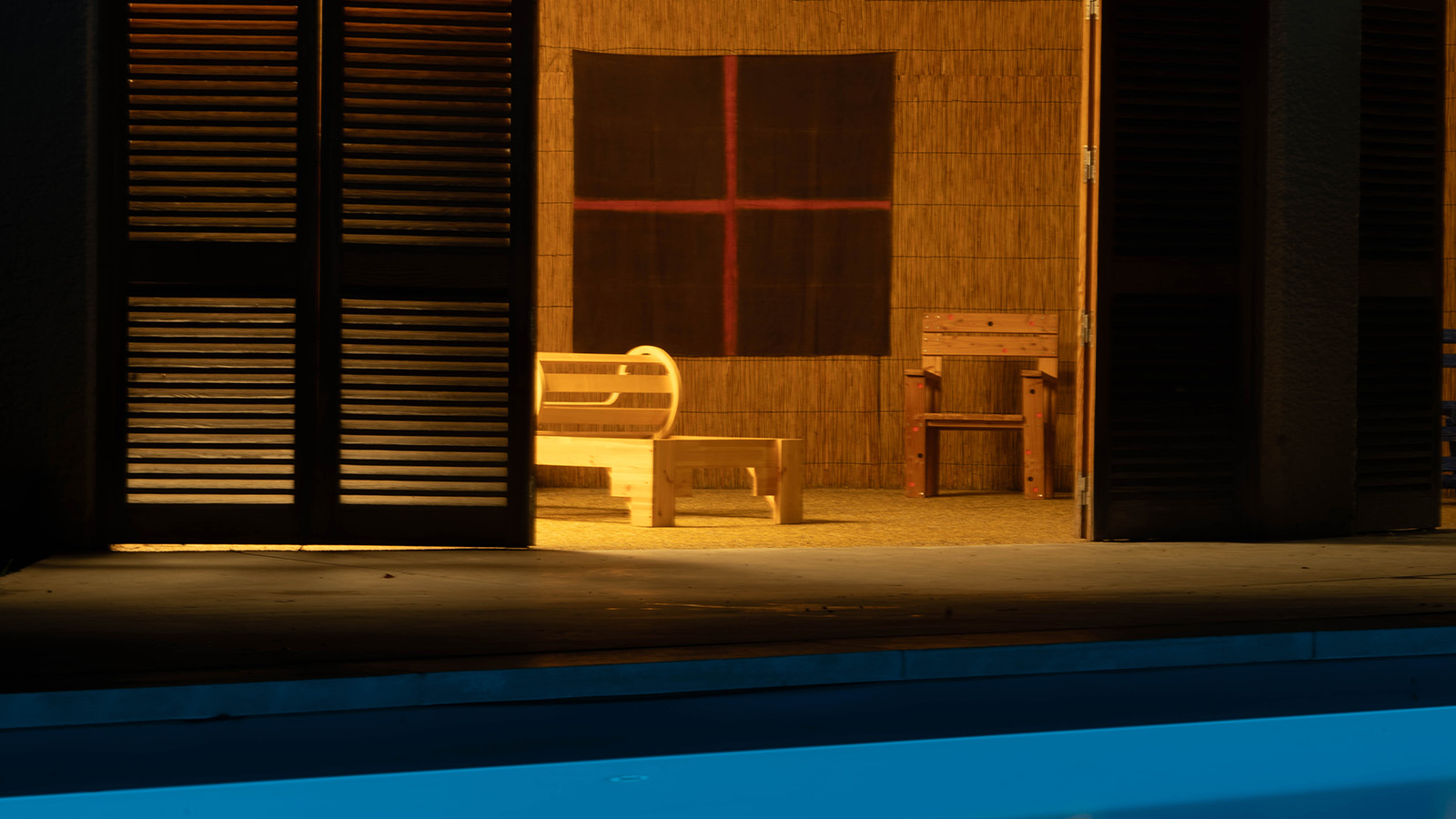
The harmoniously asymmetric and organic Villa Benkemoun in Arles, designed by French architect Emile Sala (1913-1998), merged ideas from Le Corbusier’s modernism with a new desire to reconnect with nature, vernacular, diversity and humanism. Commissioned by Pierre and Simone Benkemoun – who had arrived as refugees from Algeria in 1962 following Independence – its curved volumes and circular courtyard of dense Mediterranean planting created a domestic utopia for a joyful and generous family life with their three children from 1974, the year the house completed and they moved in.
‘1974 – Past, Present, Future’ at Villa Benkemoun
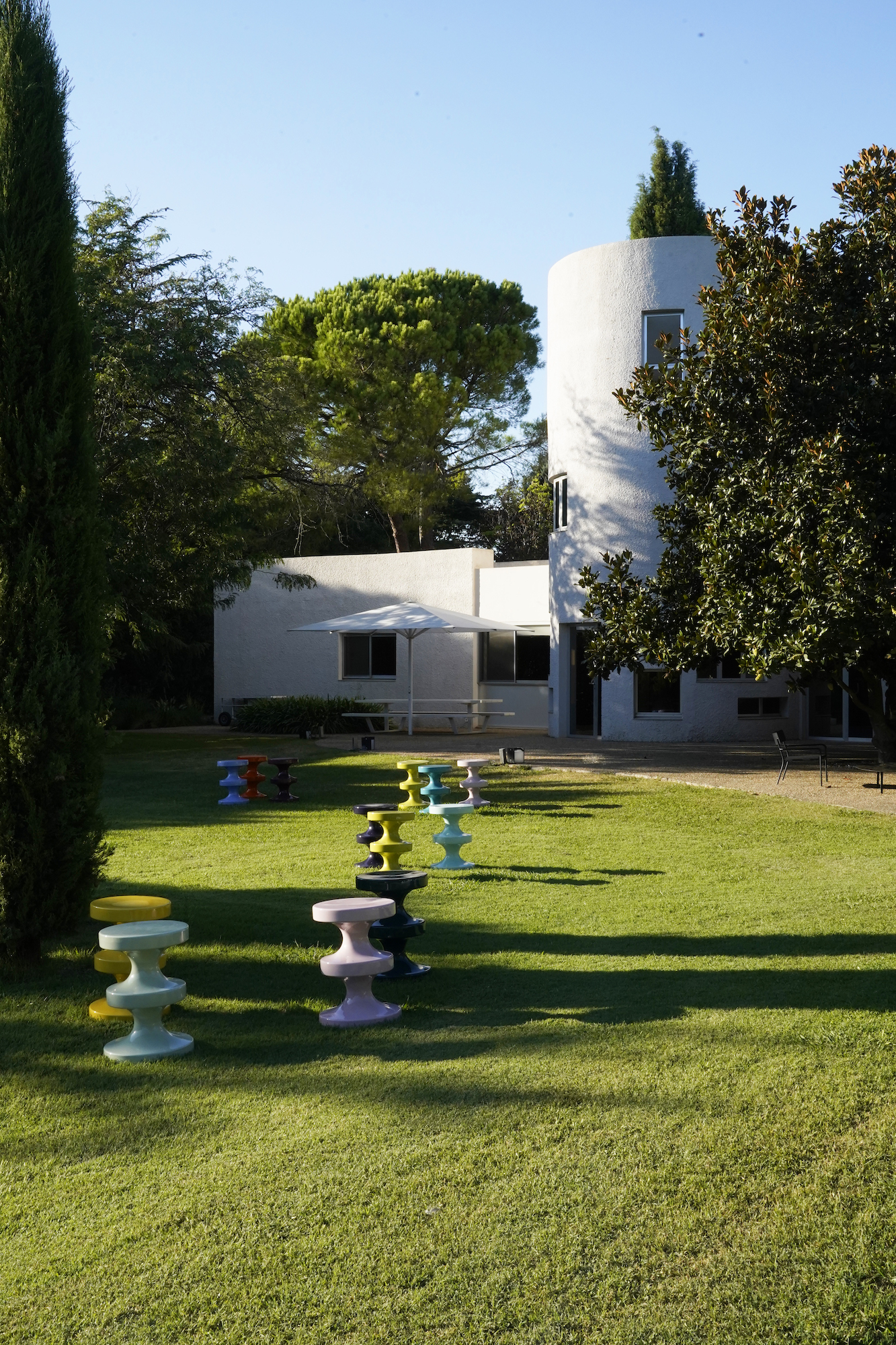
‘They were not architects or designers, but they were fans of modernity and fascinated by the future,’ says author and journalist Brigitte Benkemoun of her progressive parents, who worked closely with Sala on the designs to draught the home of their dreams aligned with the optimism of the ‘Glorious Thirty’, the 30-year post-war period of abundant economic promise in France.
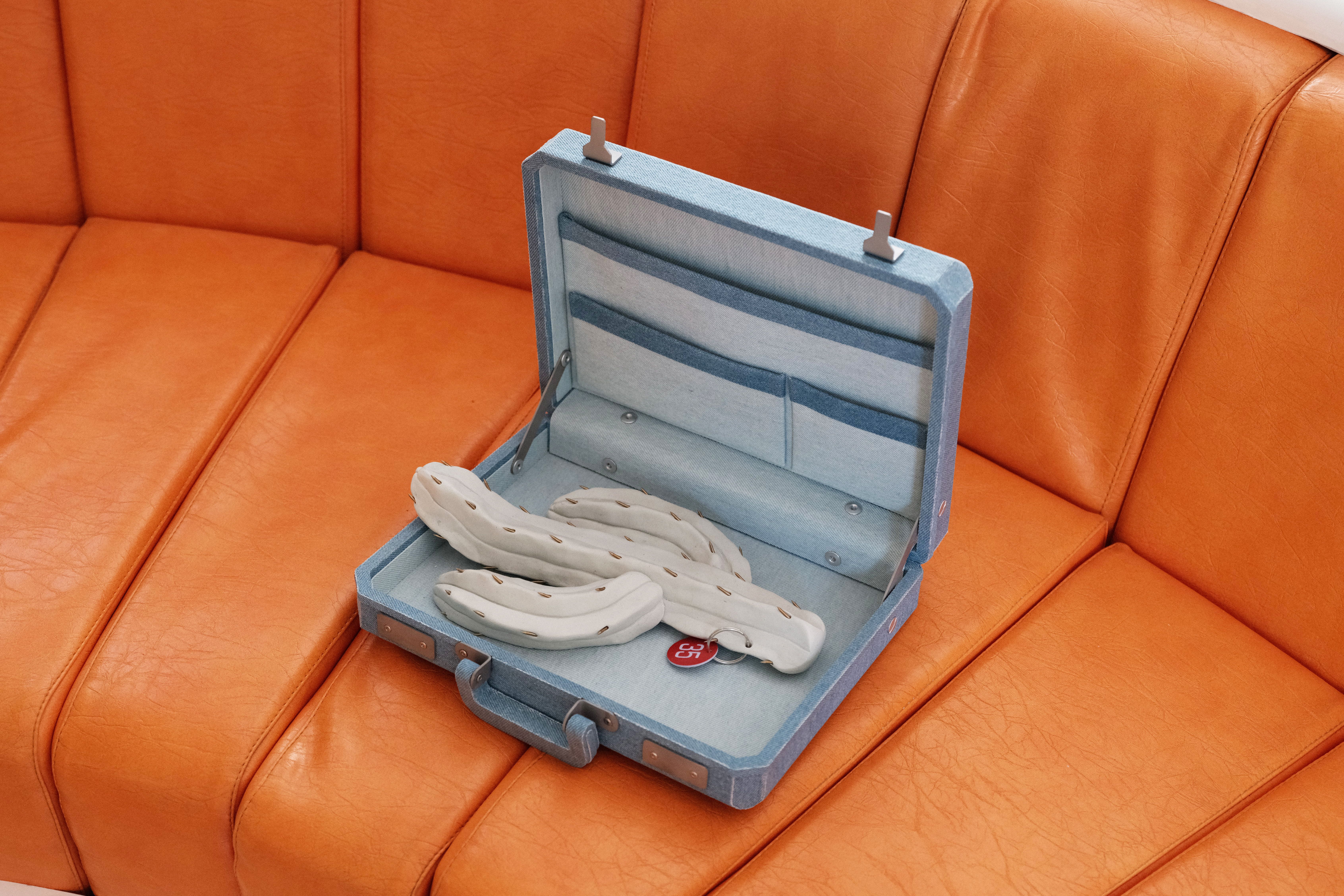
As soon as you step into Villa Benkemoun – which has been exquisitely and cinematically restored by Benkemoun’s husband Thierry Demaizière, a film director – you can feel it: a swirling utopian vortex where a dynamic spiral staircase defies gravity, a sculptural metal fireplace by Max Sauze captures the rhythm of industrial fervour, and the sweeping bright orange sofas designed by Joseph-André Motte for Roissy Charles de Gaulle airport represent the accelerating speed of travel.
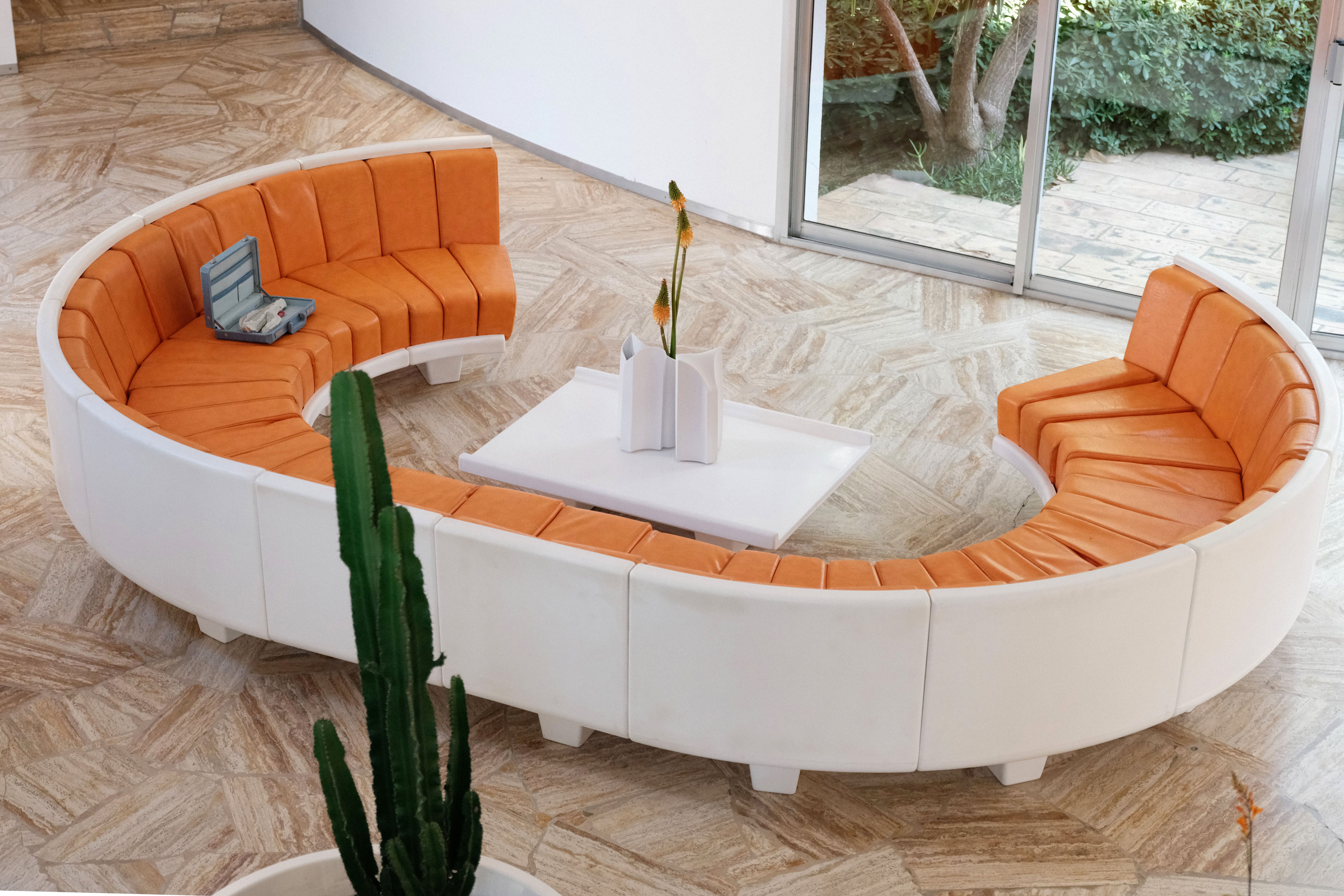
Yet for the 50th anniversary of the house, Benkemoun, known for her inquisitive nature, has taken the opportunity to critically reexamine the year of 1974 with an exhibition curated by Raphaël Giannesini titled ‘1974 – Past, Present, Future’. Sandwiched between the insecurity of two oil crises, the year of 1974 brought major political upheaval due to the unexpected death of President Georges Pompidou, arguably marking the onset of the collapse of the Glorious Thirty and an ecological point of no return.
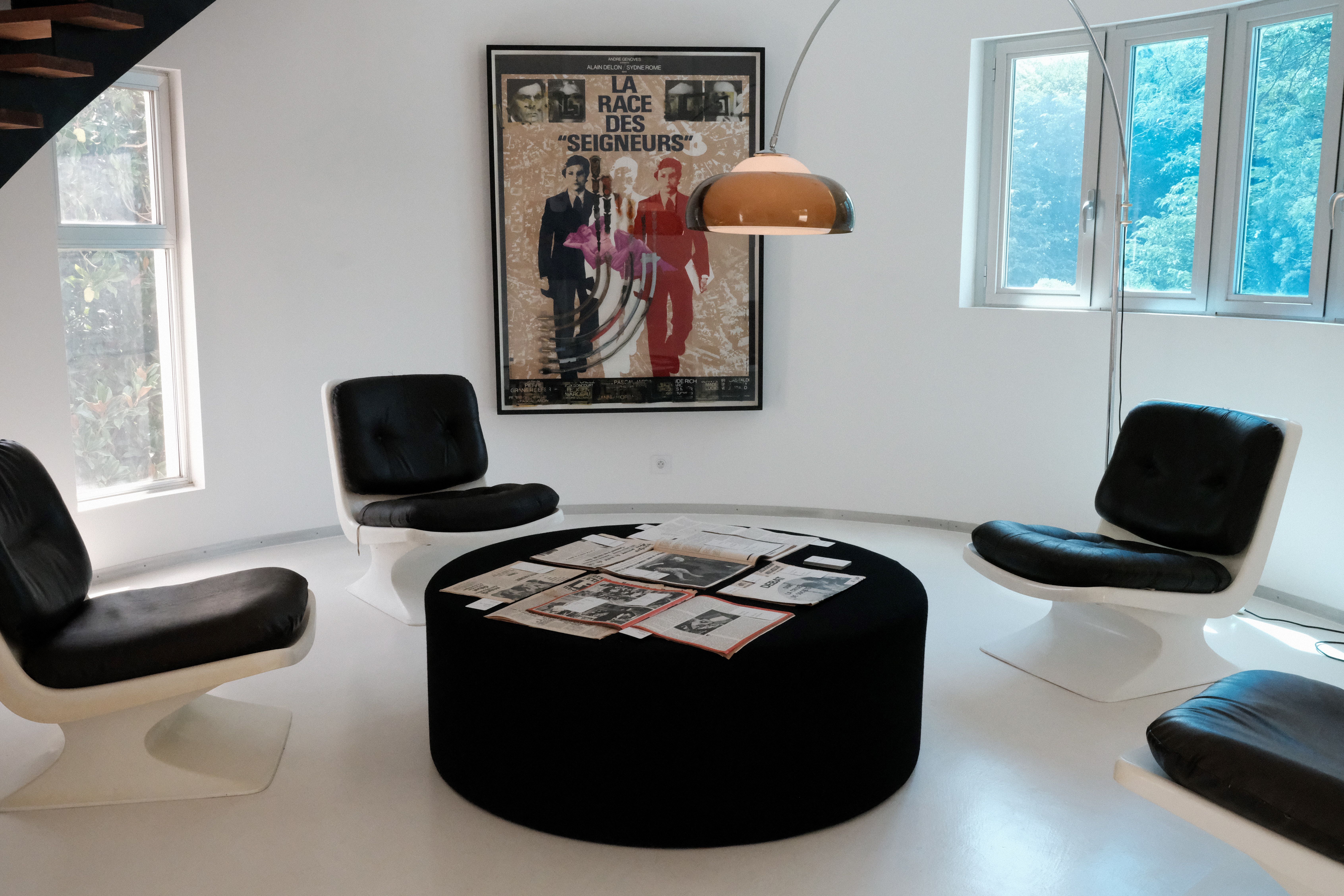
The exhibition delivers a ‘shock’ to the house, with a series of contemporary and historic artworks and objects that spotlight ‘alternative branches and dissonant voices’ that ‘could have catalysed another destiny for the world’. Instead of a time capsule, the house becomes ‘an observatory of deactivated dreams and a starting point to future futures’, explains Giannesini, who has created seven ‘pavilions’ within the flowing interior, each investigating an event of 1974 and equipped with a conceptual ‘arme du crime’ – weapon of crime – that swiftly pierces the bubble of optimism that the house preserves.
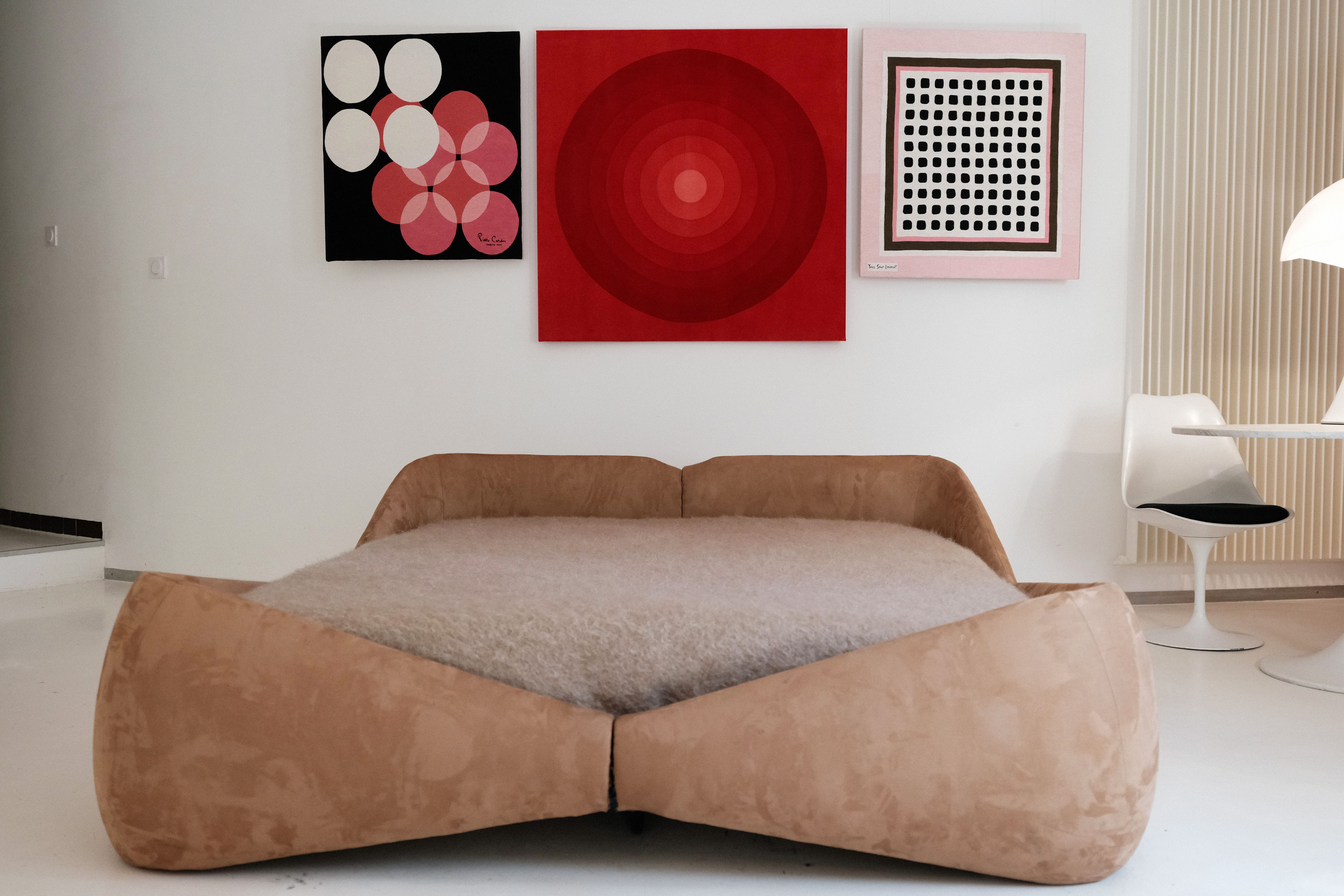
Upstairs, to the sound of a record playing Kraftwerk’s 1974 Autobahn, scratched by artist Reeve Schumacher, the tension between the energy crisis and the more sinister nature of technology is examined. An Andy Warhol electric-chair screenprint dated to 1974 is flanked by two contemporary works: a strip light activated by a thermal sensor by artist Paul Créange that flares red as human bodies pass down the corridor, interrogating ideas of surveillance and domesticity, and photographs by Barbara Visser of trashed modern chairs linking industrial production to the waste epidemic that engulfs our planet today.
Next door, architect Claude Parent’s drawings of nuclear power plants in French landscapes commissioned in 1974 are juxtaposed with artist Tom Gianpieri’s ‘toxic and hypnotic’ monochromes of iridescent oil spills.
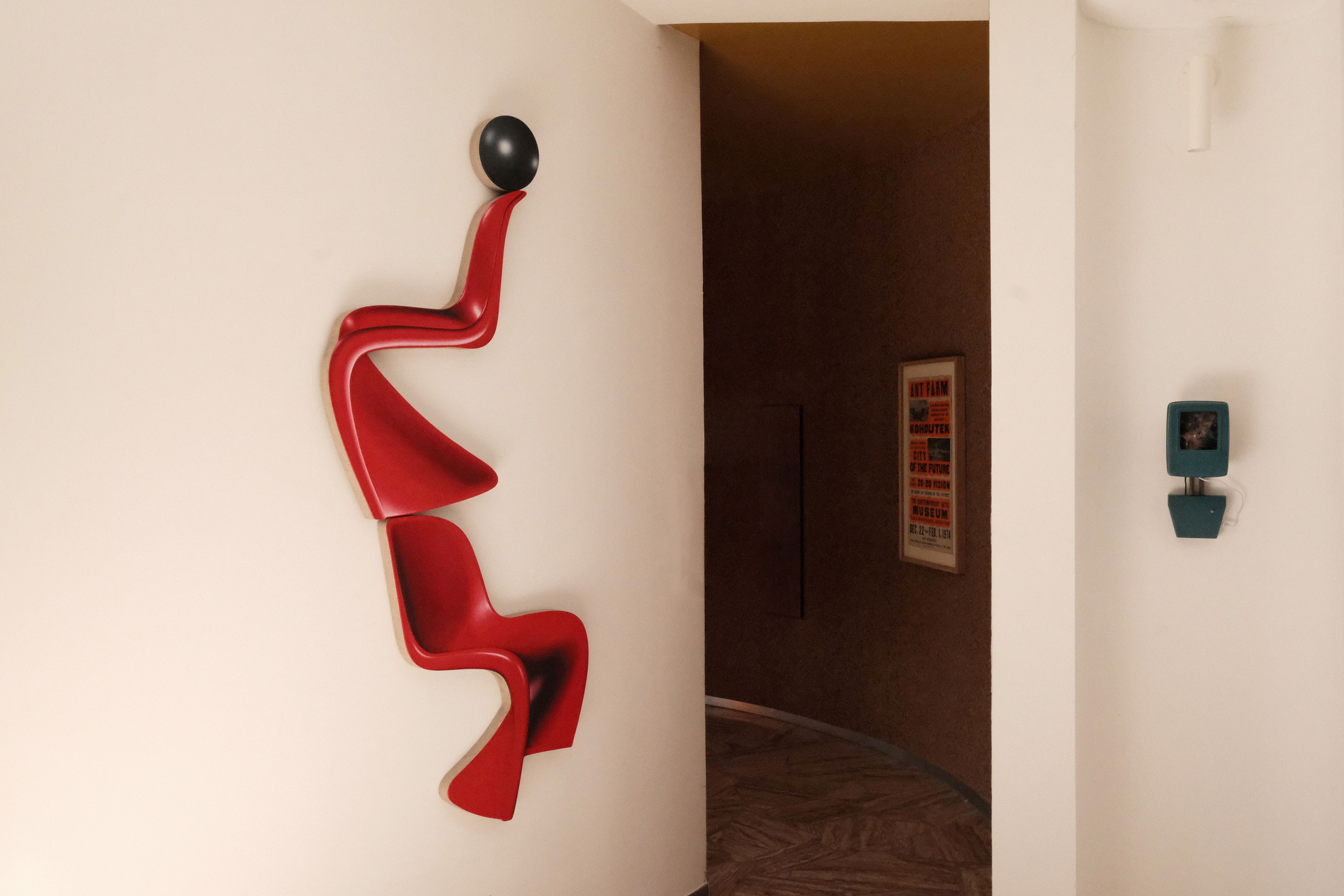
One bedroom becomes a pavilion for addressing feminism, gender and abortion rights, which Simone Veil placed firmly on the agenda in 1974 at the National Assembly. Side by side, photographs by Nicole Gravier from 1974, and Elsa & Johanna from this decade, contemplate the stereotypes of teenagers and young women, above a single bed on wheels with a curved plastic frame designed by Marc Held and mass-produced by French brand Monoprix in the 1970s. Further inside, artist Michel Journiac disguises himself as a 1974 housewife in a series of provocative self-portraits in the series ‘24 hours in the life of an ordinary woman’.
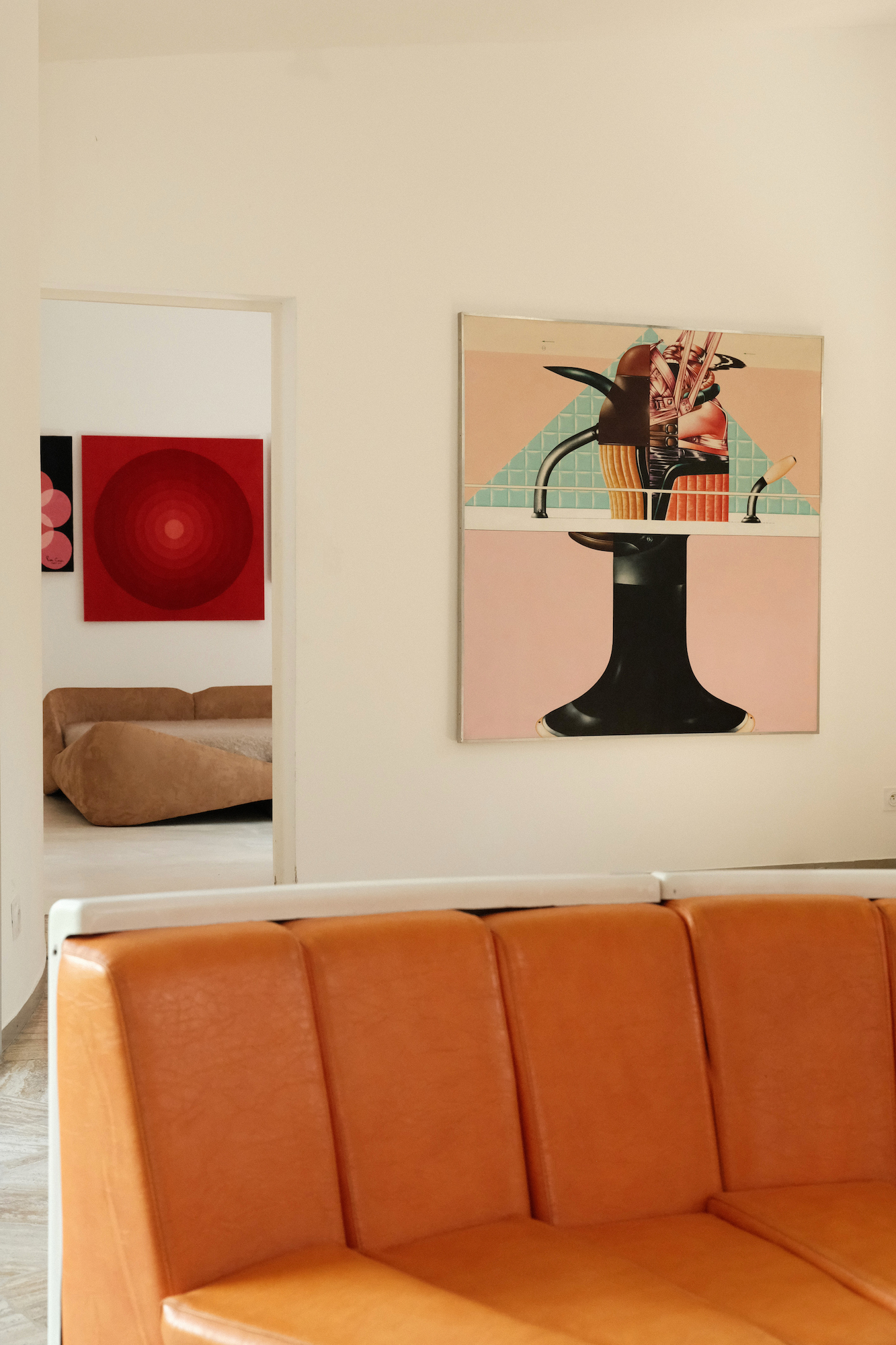
Protagonising the pool house is Enzo Mari’s 1974 manual Autoprogettazione, which questioned over-consumption of industrial production through ‘DIY’ activism, extolling the importance of self-build furniture. Six of the 18 objects in the manual have been reimagined by contemporary artists addressing the cutting edge ecological and economic ideas of today. Emerging from the naturally cool, semi-circular pool house and into the sunshine, from here Villa Benkemoun unfolds like a curvy origami of shapes; while it’s certainly a place that incites the imagination, this exhibition brings it firmly down to earth and its uncertain future that we live with today.
The exhibition ‘1974 – Past, Present, Future’ is on view from 30 August to 29 September 2024 at Villa Benkemoun, Arles villabenkemoun.fr







